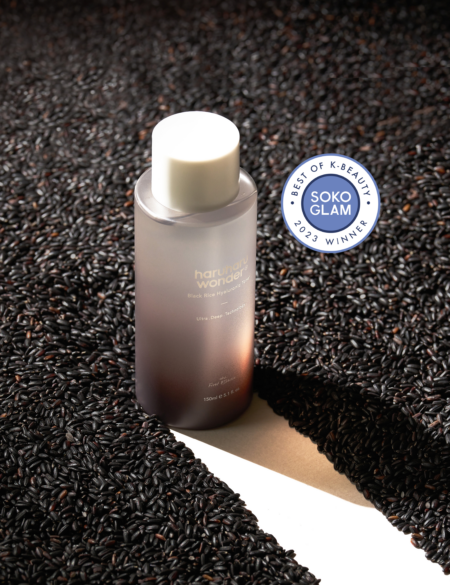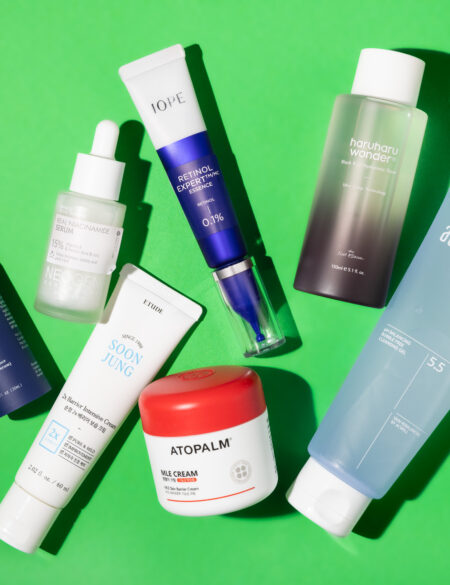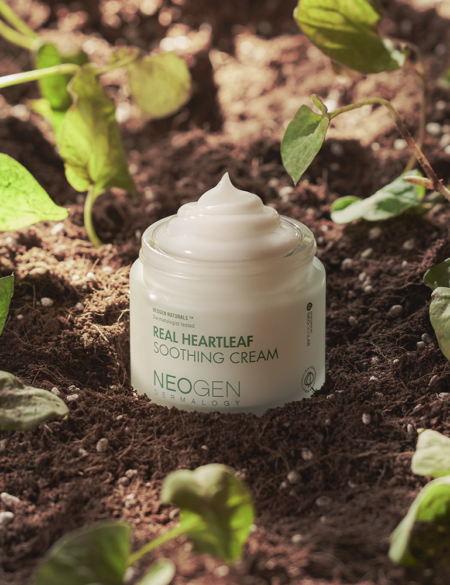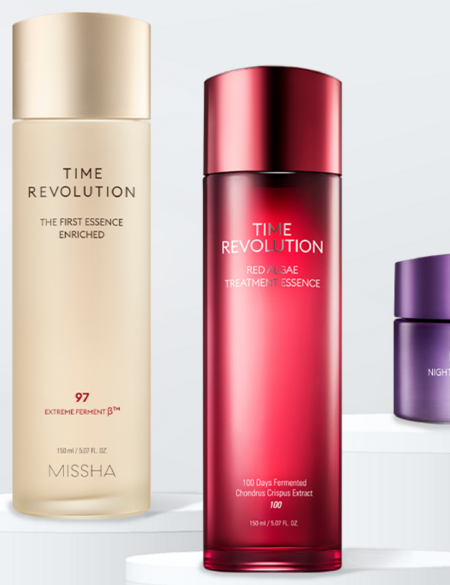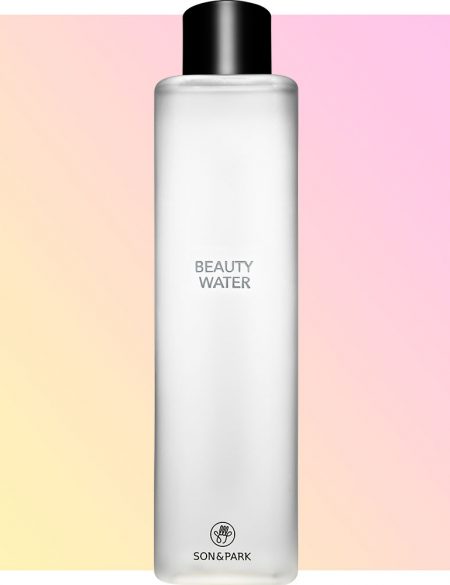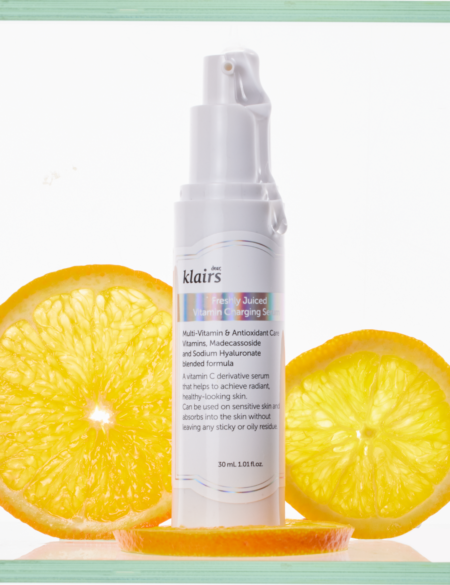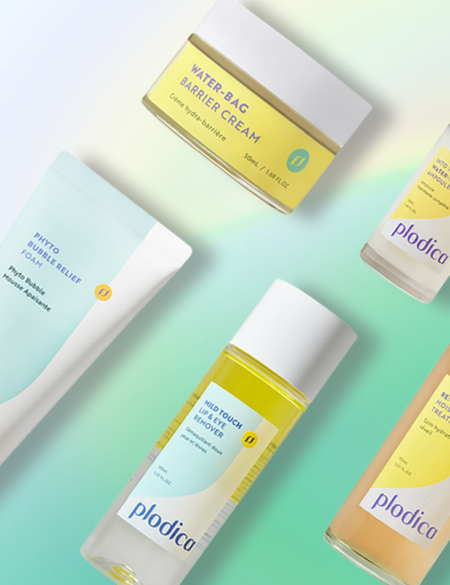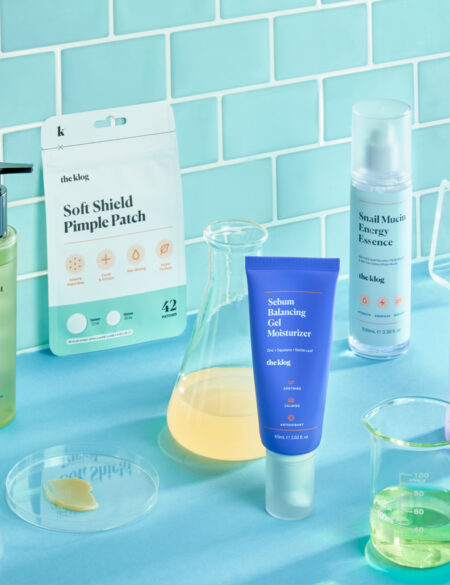If you’re dealing with facial redness and inflammation right now, there are a number of factors that could be to blame. Read on to discover what they are and to shop products to calm your complexion.
Fact: It’s easy for your skin to get red and inflamed. It could happen if you test too many skin care products at once (guilty). It could also happen if you just have really sensitive skin and a new skin care product has irritated it. Or it could be happening right now because it’s winter and this season has no chill when it comes to icy cold winds blasting your cheeks. Either way, skin redness is a drag and it can be quite confusing to know how to get rid of it.
Thankfully, we tracked down two top derms to give us the answers on what to do to calm your angry skin. The first thing you need to do is figure out exactly why your skin is red. Certain lifestyle habits, like stress, diet, and water intake, in addition to dehydrating indoor heating and cold and windy weather can all cause facial redness.
Annie Chiu, a dermatologist in Hermosa Beach, California, breaks down some other potential causes below:
Acne: If you’re red because of acne, Chiu says you should “work with your dermatologist to develop a treatment plan that’s appropriate for your type of acne.”
Contact dermatitis: This is temporary irritation that’s usually caused by a new skin care product that your skin doesn’t react to the right way. “If you have sensitive skin, do a spot test to determine if you will become irritated by something new,” says Chiu. “If you have an allergic reaction to something and it is not dramatic, try some hydrocortisone cream and apply a cold compress.”
Eczema: “It’s hard to know if you have eczema, but a dermatologist can help,” says Chiu. “Mild eczema can easily be treated by changing some of your daily habits, but more severe eczema may need a prescription.’ Either way, Chiu says it’s best to use mild soaps that won’t dry out your skin, and make sure you don’t take long hot showers. “This is true for everyone; hot water dries out your skin,” says Chiu.
Over exfoliation: Chiu says the first thing to remember is that you should never be exfoliating every day. “I prefer chemical exfoliators to physical exfoliators, and don’t use several products that exfoliate in your regime–stick to one,” she says.
Rosacea: Rosacea is chronic redness and it’s probably one of the most common reasons for tomato-colored skin. “There is no cure for rosacea, but the redness can be decreased by creams and serums,” says Chiu. Additionally, “you want to make sure to use the appropriate skin cleansers and moisturizers to hydrate and calm it,” says Joshua Zeichner, the director of clinical and cosmetic dermatology at Mt. Sinai Hospital in New York City. “Stick to hydrating cleansers that won’t disrupt the skin barrier.” Look for cleansers that contain ingredients like hyaluronic acid (Klavuu’s Pure Pearlsation Revitalizing Facial Cleansing Foam is a great option), to improve hydration, as well as ceramides to help repair the outer skin layer.”
The Best Ingredients For Treating Redness
Hyaluronic acid is a super hydrating ingredient found in a bunch of products, and adding moisture to your inflamed skin will help it heal faster. The Plant Base Waterfall Moist Balanced Hyaluronic Acid 100 ampoule contains 100% pure sodium hyaluronate, a form of hyaluronic acid that is able to better penetrate the skin than other forms due to its small molecular size. It can be used alone or mixed in with moisturizer for an extra hydrating and redness-fighting boost.
Ceramides, on the other hand, are a natural oily wax that already exist in your skin that help your skin keep water in and regulate cells. They can also help retain your natural skin barrier, which is super important when you’re dealing with redness. You can find them in the COSRX Balancium Comfort Ceramide Cream, along with edelweiss extract to target inflammation.
Both Chiu and Zeichner recommend products with licorice root extract and niacinamide (a vitamin B3 component) to further calm inflammation. Here’s a great cure to super-irritated skin: Slap on the Klairs Rich Moist Soothing Mask—a sheet mask infused with licorice root extract, along with centella asiatica and aloe vera and made with pure organic cotton to relieve all sensitive skin types. Then, give your skin an extra dosage of hydration by spritzing it with the Acwell Licorice pH Balancing Essence Mist. Its milky texture coats skin in a blanket of hydration, and the formula, that contains licorice root extract, centella asiatica and bamboo water, is brightening, soothing, and moisture-locking.
A product that contains the best of all worlds is SMD Cosmetics Saromae Snail Secretion Cream, a luxe serum that contains snail mucin extract, licorice root, niacinamide, and hyaluronic acid.
Bottom Line
To recap, the key to quelling your red skin (as long as it’s not from acne or eczema) is to give it some soothing loving with ingredients that moisturize and help build the skin’s barrier back to tip-top shape.



